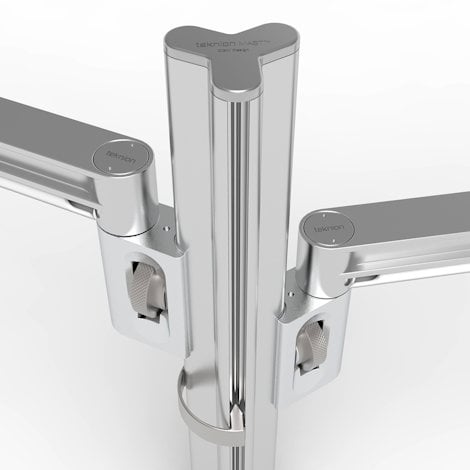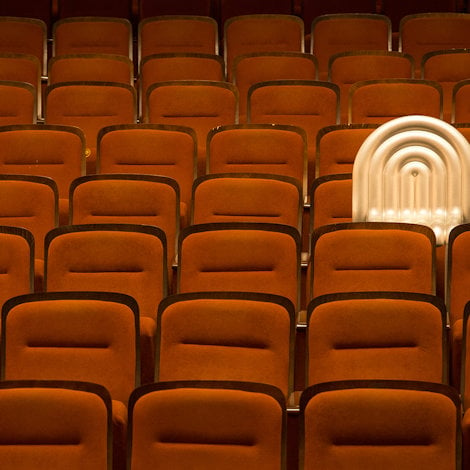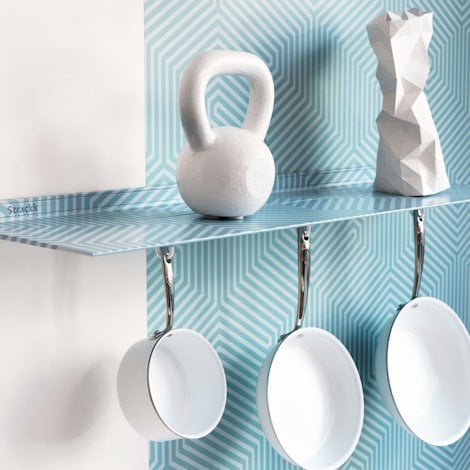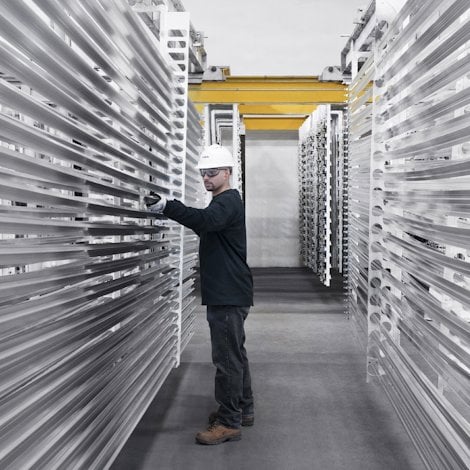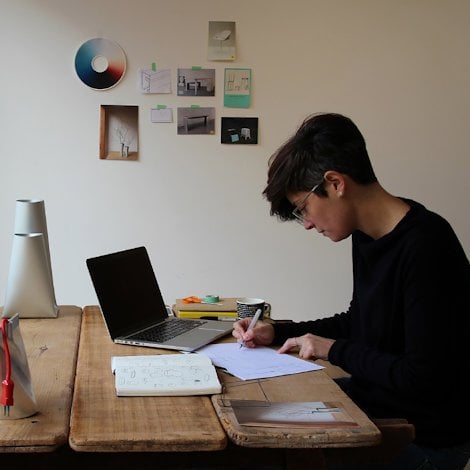Using old aluminium in new ways to replace chrome in seating solutions
Our environmental philosophy contains a number of no-compromise elements. Maximizing the use of recycled post-consumer material is one of them, such as aluminium. Another element is that we are phasing out chromium completely from our seating designs.
I work at Flokk. Our business is the furniture we sit upon. Seating solutions.
Traditionally applied as a layer of electroplated chromium, chrome has been standard in components for office chairs for its durability and aesthetic benefits. Its durability on the cylinder – the gas lift – has been good in handling the constant up-and-down movement, and in other applications, for the aesthetics, it gave us the shine on the metal base and other metal parts.
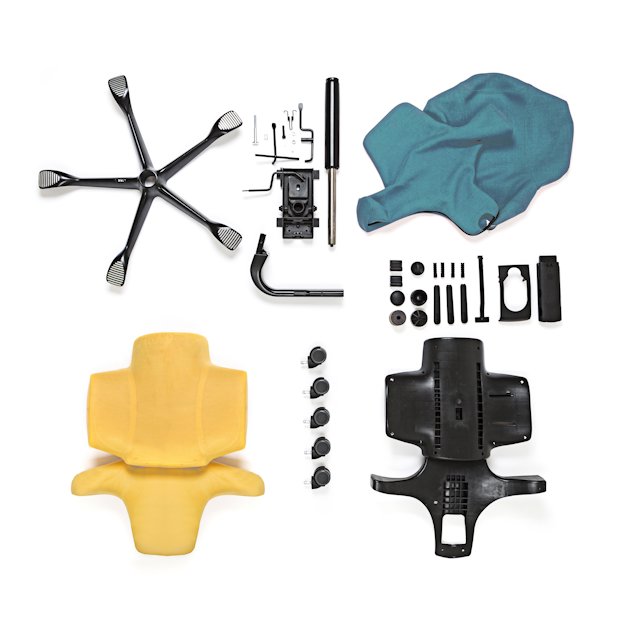
However, there are downsides to using chrome, mainly health and environmental issues related to the extraction and production of the raw material chromite ore. And then in the end-of-life phase, you have the issue of waste, because the layer of chrome is not removed before the metal is melted. There is no cradle-to-cradle cycle for chrome-plated parts.
This is why we have been phasing out chromium completely from our designs, everywhere it is used for aesthetics, and wherever we find substitutes for the functionally driven applications. But how do you replace what it has given? What are the attractive alternatives? It is our responsibility, as designers and product developers, to identify these. And at the end of the day, steering clear of harmful substances and toxic materials pushes us to find original ways of achieving our aims.
EPDs are important
Our ultimate goal is zero environmental impact – circular resource consumption. You have to know what you are designing and then you follow with the materials. You need to know the materials.
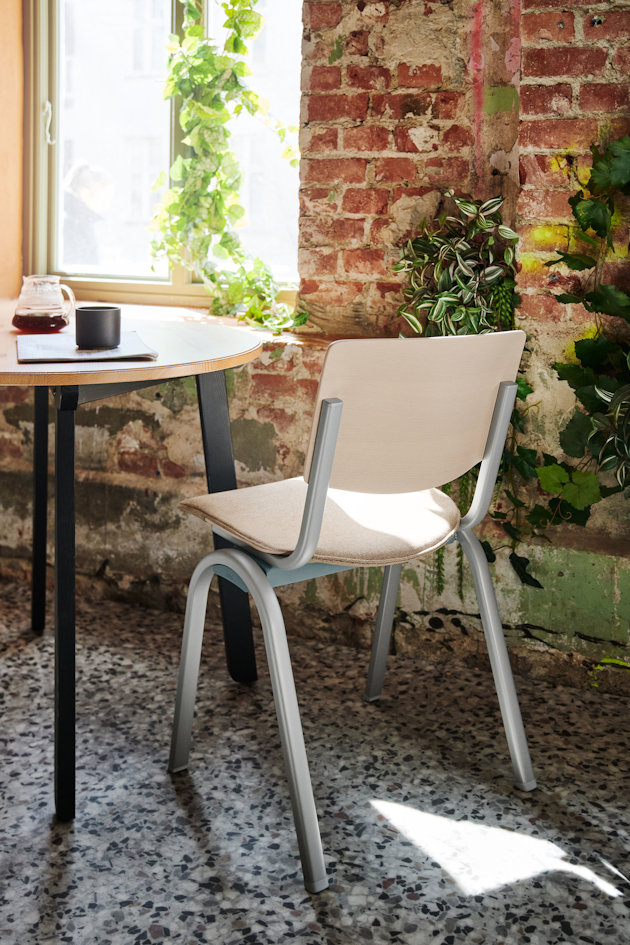
With the materials, we get help from competent suppliers, especially those with recycled materials, who know exactly where the materials came from, and what they can do. And then, their environmental benefits need to be documented. This is where Environmental Product Declarations (EPD) become important. By the way, we are the first manufacturer to publish an EPD for an office chair, back in 2004, and we are pioneers in our field at using recycled materials, always ensuring we do nothing that hinders their return to the loop.
Alternative surface treatments include powder coating and tumbling
To replace chrome, every new product we design uses an alternative surface treatment, such as powder coating or polishing. We have also started to use tumbling, which is a finishing operation often used for aluminium, mainly as a process to remove sharp ends or burrs.
But it also provides a surface finish that celebrates the material’s authenticity giving each part a unique aesthetic, showing the lines or other markings in the metal, almost like wood. This is important to us.
Actually, on the products where we offer it, this honest, authentic, raw finish is more popular than traditional powder coating or polishing.
Aluminium benefits can offset higher costs
I don’t think any furniture manufacturer in the world would make it a goal to use aluminium. It is an expensive material, relatively speaking.

However, the freedom of form that you get with aluminium can save money, and that makes aluminium more interesting. For instance, manufacturing a complex component in steel would require tooling that would probably cost five or six times more than e.g., die-cast aluminium, the alternative.
Another point to consider is weight. Aluminium is light, and for chairs you stack, like the ones we manufacture for use in assembly or conference rooms, weight is critical. In addition, aluminium is an alternative where it can be used aesthetically.
And it is recyclable.
Enormous responsibility as designers and product developers
We know that as much as 90 percent of our company’s total environmental impact comes from the making of our products. This implies that the vast majority of our carbon footprint depends on our choice of materials and suppliers. Which again underlines the enormous responsibility we have as designers and product developers.
Let me give you an example: Flokk is increasing the amount of post-consumer recycled materials in our products. Our HÅG Tion is a chair we designed to suit both home offices and business offices. As much as 98 percent of the aluminium that we used in the chair is recycled metal. Altogether, the chair includes 73 percent recycled materials.
Its sibling, the HÅG Celi, which is a stackable and surprisingly comfortable conference chair, passes 80 percent post-consumer recycled content, much thanks to the use of the aluminium product Hydro Circal 75R in the frame.
This is a start.



